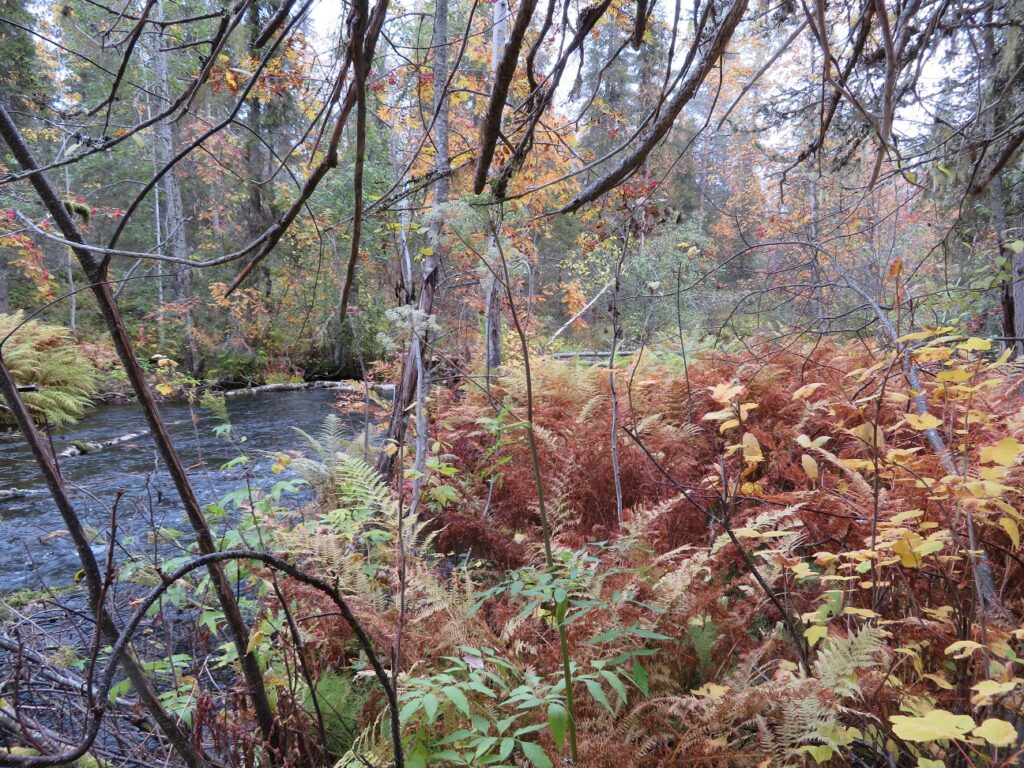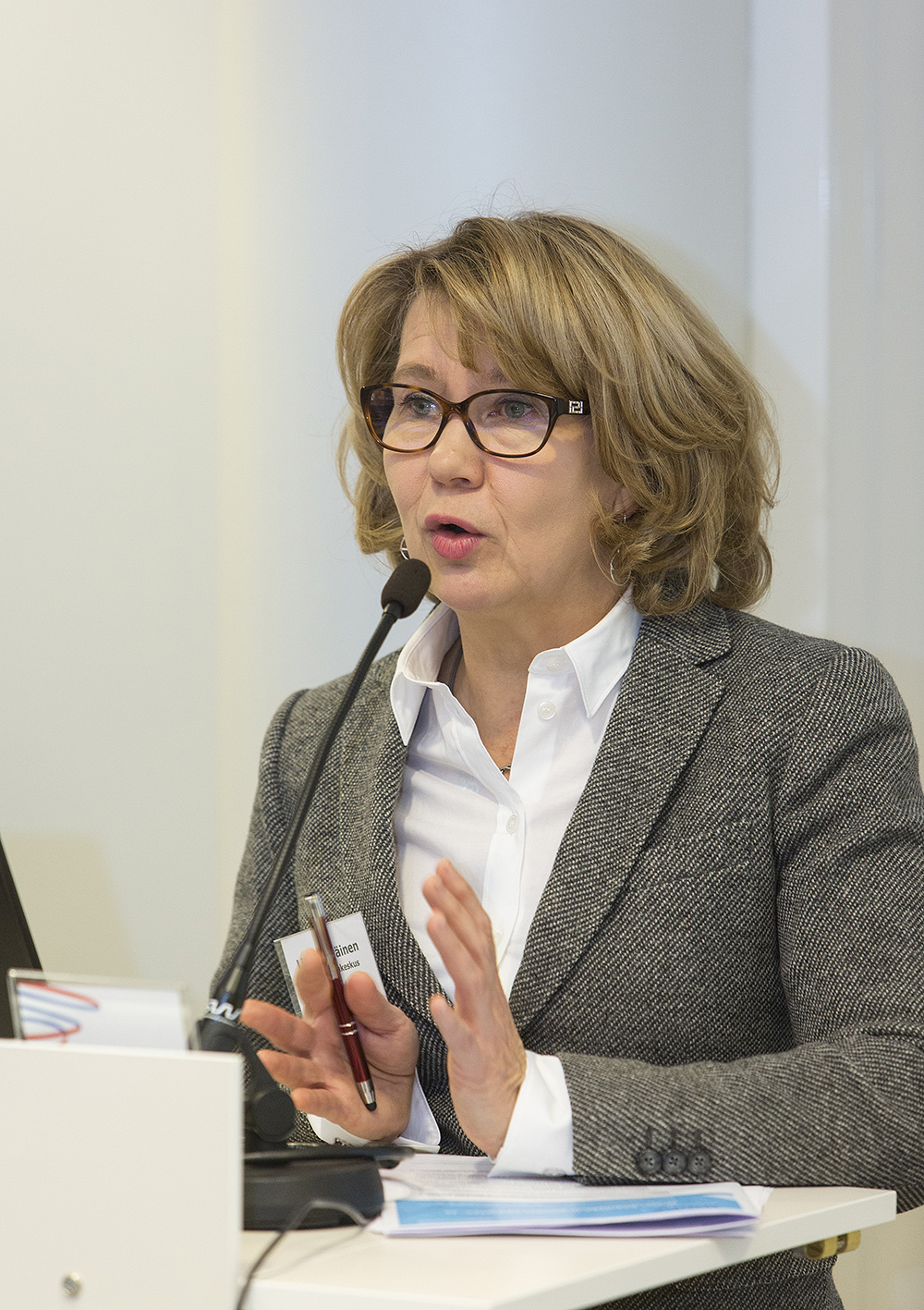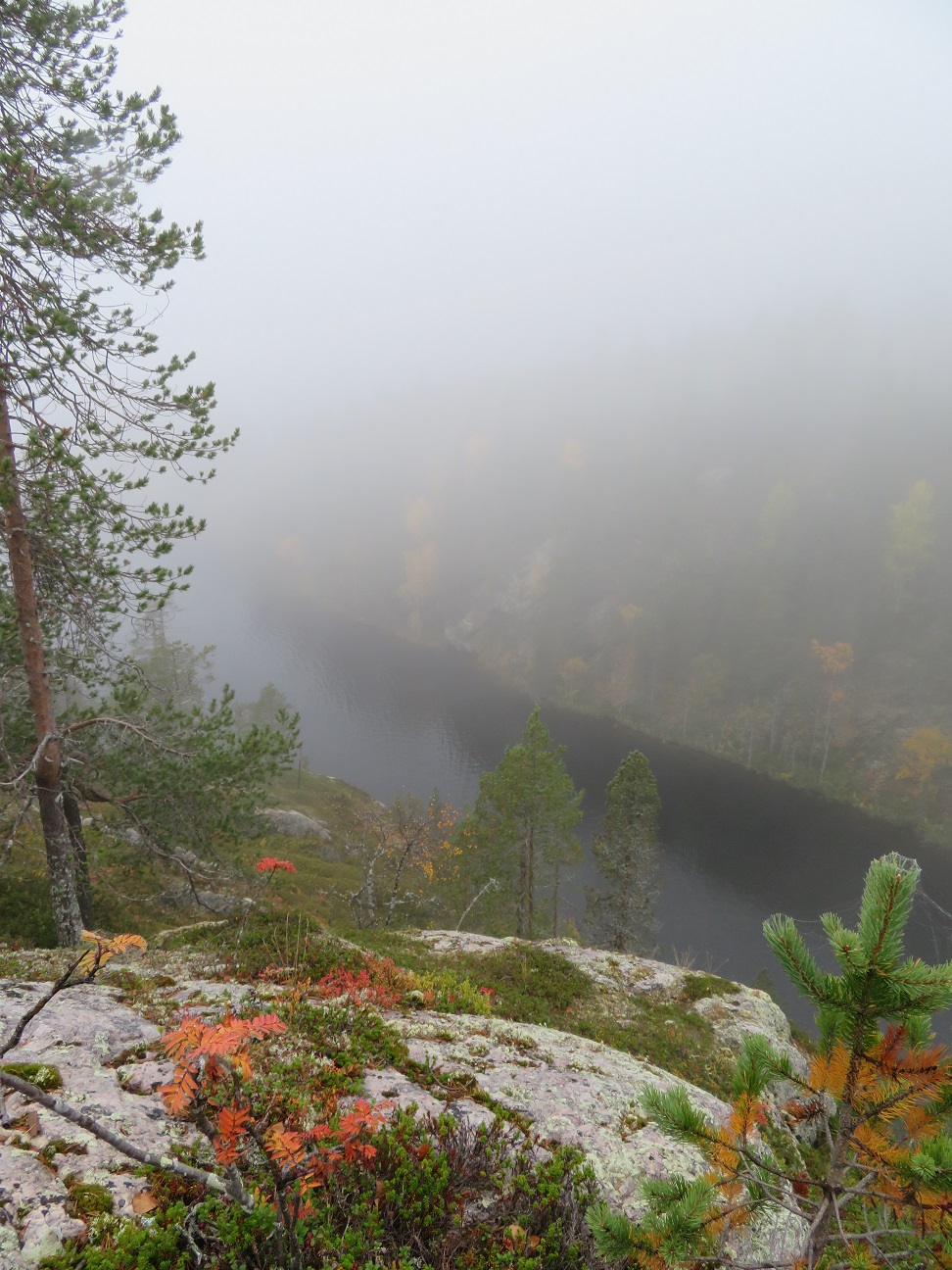Study prods nature tourism to move forward – not even its popularity in exact figures is known

Nature tourism and revenue from it continue to be underrated. A study published last week on the future options to develop this activity stresses the need to dispel misconceptions about it.
The research project ‘New ways to develop and safeguard the sustainable use of forests and waters for recreation and tourism’ was led by Liisa Tyrväinen, Professor of Nature Tourism at Natural Resources Institute Finland. According to Tyrväinen, the developing of nature tourism still suffers from many misconceptions, which the project strives to dismantle.
The recipes offered by the study for developing the business are familiar, such as innovations and developing financing instruments, but it also proposes a new, annual innovation event for the branch. Sharing the best ideas would develop not only the business itself, but also its operation environment.
Nature tourism often makes use of forests owned by somebody else. ”It is usually based on an agreement between the tourism operator and the landowner,” says Tyrväinen.
An essential part of skilled business is how to fit tourism in with the other uses of forest, which is not just a question of money. ”Nature tourism operators and forest owners do not always understand each others’ business as well as they could. To improve this you need an intermediary who understands both activities,” says Tyrväinen.
Conspicuous absence of the forest owner
Forest owners seem, however, to be largely absent from the study. Tyrväinen considers this to be an optical illusion: a substantial part of the background material was gathered by listening to opinions from forest owners.
”Besides, the aim of this study was to develop the business of tourism operators. The needs of forest owners have been studied elsewhere,” says Tyrväinen.
The study was presented in a seminar where none of the speakers represented forest owners, which Tyrväinen does find unfortunate. Information about the seminar was apparently not sufficiently targeted to the forest sector, and the event was well attended otherwise.
Still, forest owners generally have a positive attitude towards nature tourism. ”We have nothing against nature tourism, on the contrary,” says Juha Hakkarainen, Director of Forestry at the Central Union of Agricultural Producers and Forest Owners (MTK).
”But bringing nature tourism into privately owned forests requires adjustments to be made, and this means you need agreements. The only way to make this work is to conclude agreements with the forest owners,” says Hakkarainen.

Volume of nature tourism is not known
The study also proposes that statistical information on nature tourism and otherwise monitoring the activity should be improved. To take an example, the share of nature tourism of the total demand for tourism is not known and it is not monitored in any way.
Neither is the money spent in nature tourism monitored. This means that we do not know what nature tourists spend money on, what proportion of the money can be regarded as spent in nature tourism or whereabouts in Finland it is spent.
The same challenges were mentioned in tourism research as long as 15 years ago. Tyrväinen admits that this is true to some extent.
”We have not managed to develop the statistics in a satisfactory way, simply because of lack of money,” says Tyrväinen. Then again, getting more money is difficult as long as nature tourism is lumped under ‘other uses’ in forest policy papers.
However, there is a plan to gather this data in a simple way as part of customary tourism surveys, by adding a question about whether the main motivation for the trip is related to nature. This would reveal not only the share of nature tourism of all tourism activities, but also factors such as its employment impact.
Tourism environments need to be developed
The study also proposes that the environments used by tourism should be developed. The nature sites most suitable for tourism should also offer adequate services.
”You could compare this to gathering berries or other nature products: you can only do that in places where they grow. In the same way, all forests are not equally interesting to the tourists. This is something you can’t change, so you need to develop tourism at the sites best suited to it,” says Tyrväinen.
Since suitable forests cannot be found everywhere, we may even face a shortage. ”Demand may grow high in areas with suitable forests,” says Tyrväinen.
As one of the ways to develop environments, the study mentions pilot projects. In order to plan them, however, we should find out what the tourists value and how to improve the image they have of tourism sites.

Successful co-existence needs research
The study discusses numerous projects which, if implemented, would decrease loggings and thus the amount of timber coming to the market. The effects of this are only evaluated from the viewpoint of the forest owner.
However, decreasing the volume of timber on the market is also of concern to the forest industry, despite the fact that its attitude towards nature tourism is positive. ”Definitely. We want to promote the successful co-existence of different forest uses,” says Tomi Salo, Director of Forestry at the Finnish Forest Industries Federation.
According to Salo, the effects of nature tourism on sustainable forest use as a whole should be studied, and his opinion is shared by Hakkarainen.
”Yes, although, as regards individual forest holdings, it is the owner who decides about their use. Naturally, the forest owner has the right to opt for the best available compensation, whether it comes from sparing or selling the trees,” says Hakkarainen.
Tyrväinen also subscribes to this view. She wants to know how nature tourism should be organised in order to minimize its effects on other livelihoods. ”We definitely have a lot of things to find out here. But, for the time being, we haven’t got the resources for it,” says Tyrväinen.
The study on nature tourism was carried out by Natural Resources Institute Finland, the Finnish Environment Institute and the University of Eastern Finland. It was commissioned by the Finnish government as part of its analysis, assessment and research activities.
Previously in forest.fi: Nature tourism enters commercial forests – visitors interested in forestry and uses of wood and Harvesting may also improve the landscape – commercial forest may be more beautiful than a natural one
Yksi kommentti “Study prods nature tourism to move forward – not even its popularity in exact figures is known” artikkeliin
Уважаемые коллеги, с интересом ознакомился с публикацией по использованию лесов с целью туризма и отдыха. Кафедра лесной политики, экономики и управления СПб лесотехнического университета с 2018 г. работает над аналогичной научной темой по проблемам экономической оценки рекреационных услуг лесов на территории Ленинградской области. Будем рады обмену результатами научных исследований и совместным публикациям в лесных журналах. С уважением, проф. В.Н. Петров
Distinguished colleagues, your article on forest use in nature tourism and recreation was interesting. We have, at the Department of Forest Policy, Economy and Education in the St. Petersburg University of Forest Technology, since this year, started a reserach project on corresponding subjects, such as evaluating the economic value of recreational services in the forests of Leningrad region. We would with pleasure change the research results and participate in common articles in forest-related publications. With respect, Vladimir N. Petrov, Professor
Kirjoita kommentti